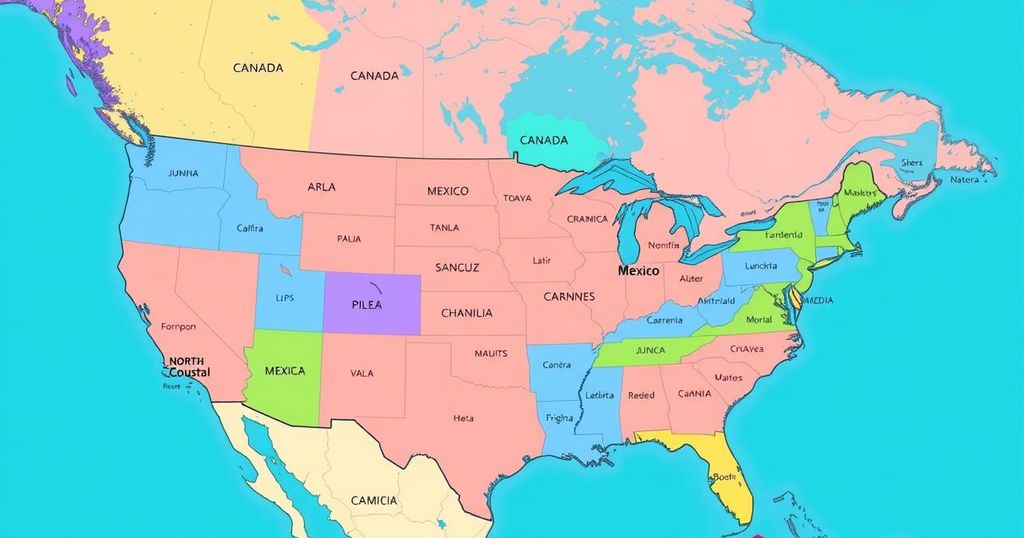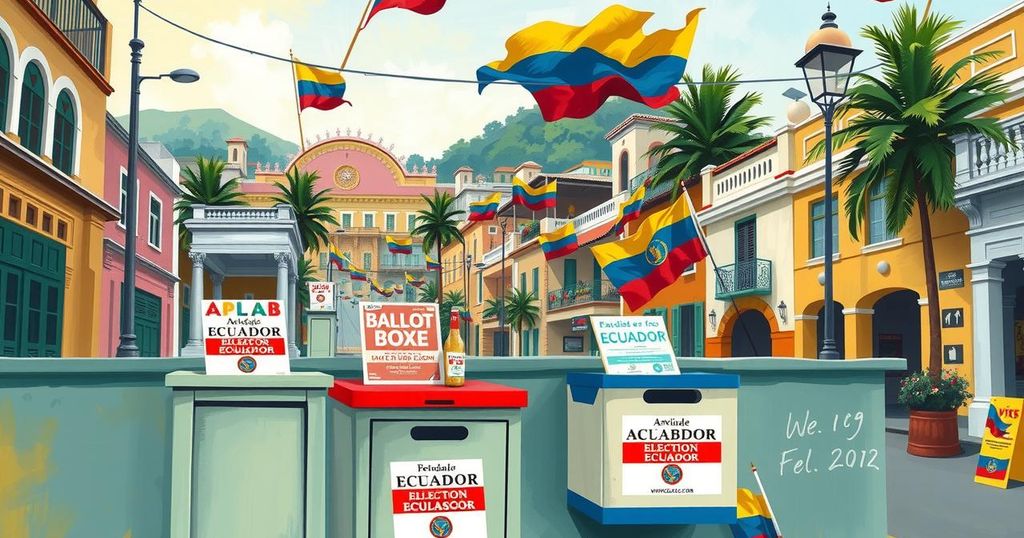Canada and Mexico were exempted from Donald Trump’s April 2 reciprocal tariffs, which imposed significant duties on several nations. Existing tariffs remain on Canadian and Mexican goods, including automotive products. Prime Minister Carney pledged to counter these tariffs, while Trump’s broader tariff strategy includes varying rates for numerous countries, particularly aimed at China and India.
On April 2, 2024, United States President Donald Trump announced extensive reciprocal tariffs aimed at various nations, avowing that the U.S. had been “looted, pillaged, raped, plundered” by foreign entities. Fortunately for Canada and Mexico, they were exempted from this new round of tariffs, which ranged from 10 percent to 45 percent on imports.
The exemption does not signify a complete reprieve; existing tariffs on goods from Canada and Mexico remain in effect. Trump’s previous tariffs, notably a 25 percent duty on fentanyl-related imports and a lower rate on Canadian energy, continue to complicate trade dynamics. Furthermore, new levies on automotive products are scheduled to commence imminently.
Under the United States-Mexico-Canada Agreement (USMCA), commodities entering the U.S. from Canada and Mexico will also remain unaffected by the latest tariff announcements. However, negotiations regarding current levies could result in additional tariffs being applied in the future. Prime Minister Mark Carney of Canada has expressed a commitment to countering these tariffs, stating, “We are going to fight these tariffs with counter-measures. We are going to protect our workers.”
In contrast, countries such as Russia, Cuba, Belarus, and North Korea are excluded from these reciprocal tariffs due to existing sanctions that inhibit trade. The broader implications of Trump’s tariffs, which clear a path for different rates among various countries, include punitive rates for nations like India (26 percent), the European Union (20 percent), and significant tariffs for Vietnam, Japan, South Korea, and Taiwan.
China, with a substantial trade surplus with the U.S., will face a 34 percent tariff, amplifying to 54 percent when combined with earlier tariffs related to the fentanyl crisis. During his 2024 campaign, President Trump has vocalized intentions to impose even heftier tariffs on Chinese goods.
In summary, Canada and Mexico successfully avoided Donald Trump’s new reciprocal tariffs while facing existing duties and potential future negotiations over automotive levies. The broader context includes the substantial various tariffs imposed on several countries, with notable rates for China and others. Trade dynamics remain complex as these nations navigate their standing within the evolving economic landscape under the USMCA.
Original Source: www.hindustantimes.com




